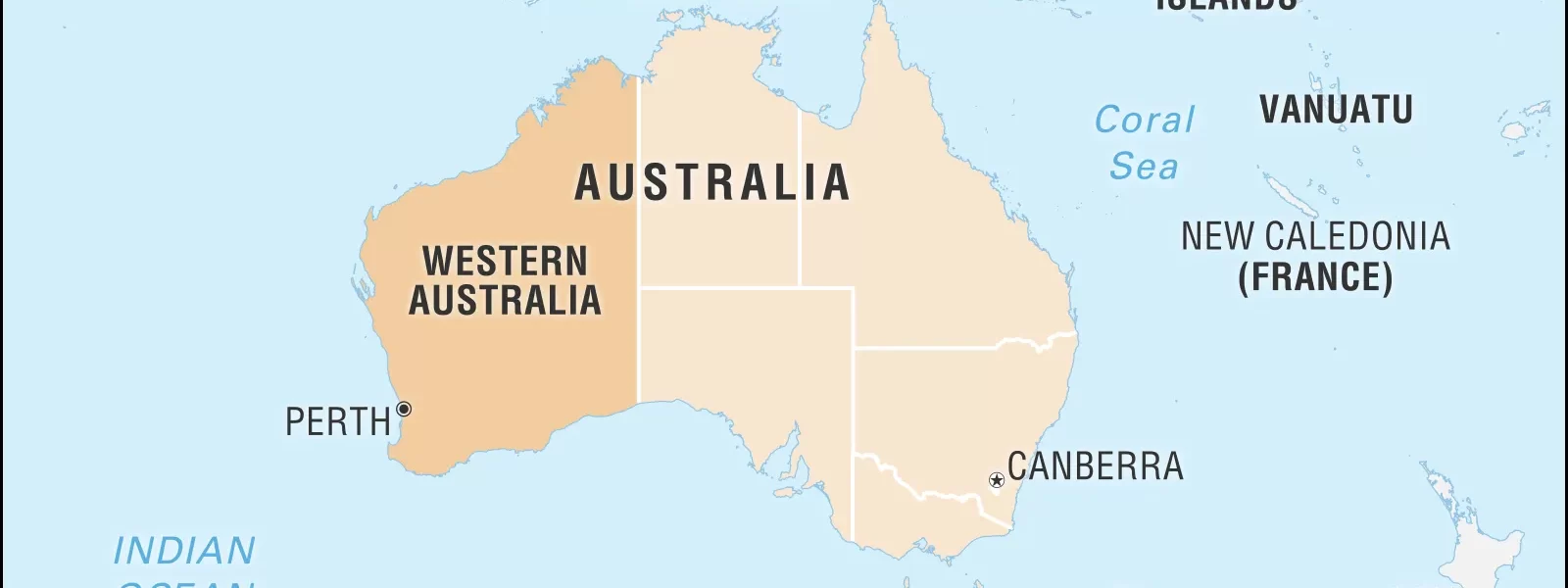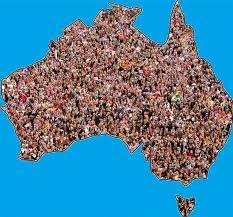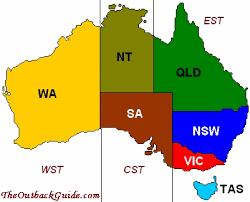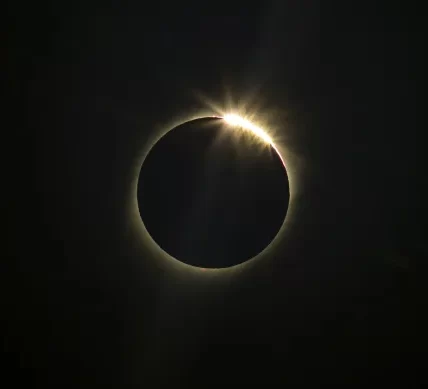Embracing the Scale of Australia’s Largest State
Western Australia, known for its expansive landscapes and rich cultural heritage, is a land of contrasts and immense scale. This blog post delves into the size of Western Australia, offering a perspective on what makes this state not only the largest in Australia but also one of the most diverse in terms of geography and natural beauty.
The Sheer Size of Western Australia
Covering an area of approximately 2.6 million square kilometers, Western Australia is the largest state in Australia, accounting for about one-third of the country’s total land area. To put this into perspective, it is about the size of Western Europe or nearly four times the size of Texas, USA. This vastness makes Western Australia the second-largest sub-national administrative division in the world, after Russia’s Sakha Republic.
Diverse Landscapes and Regions
The size of Western Australia translates into a land rich in diversity. From the stunning coastline that spans over 12,000 kilometers to the arid deserts of the interior, the state offers a variety of landscapes. In the north, you find the tropical and lush Kimberley region, while the south is known for its fertile wine regions and temperate climate.
Population Distribution
Despite its size, Western Australia is sparsely populated, with the majority of its population residing in the Perth metropolitan area. The vast interior, known as the Outback, is home to remote Aboriginal communities and mining towns but is largely uninhabited.
Economic Contributions
The sheer size of Western Australia is closely tied to its economic contributions, particularly in mining and agriculture. The state is rich in natural resources, including iron ore, gold, and natural gas, making it a critical region for Australia’s economy.
Tourism and Natural Attractions
The size of Western Australia offers endless opportunities for tourism. From world-famous attractions like the Margaret River wine region, the ancient Bungle Bungle range in Purnululu National Park, to the stunning Ningaloo Reef, there’s an incredible variety of natural wonders to explore.
Conservation and Environmental Challenges
Managing and conserving such a vast and diverse area comes with unique challenges. Western Australia faces issues like land degradation, water scarcity, and biodiversity conservation, which require careful management and sustainable practices.
In Conclusion
The vastness of Western Australia is more than just a geographical fact; it’s a defining characteristic that shapes its culture, economy, and lifestyle. Whether you’re drawn to its sprawling landscapes, rich resources, or the lifestyle of its vibrant coastal cities, Western Australia offers a unique and expansive world of its own to explore and appreciate.



